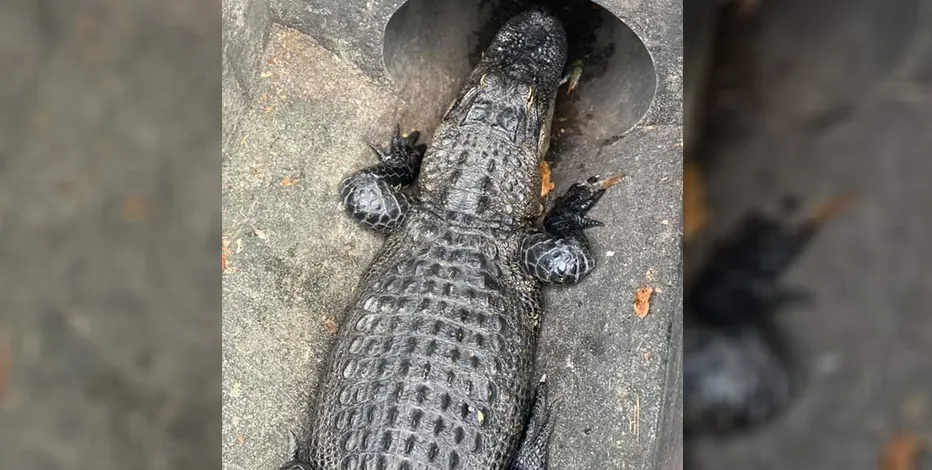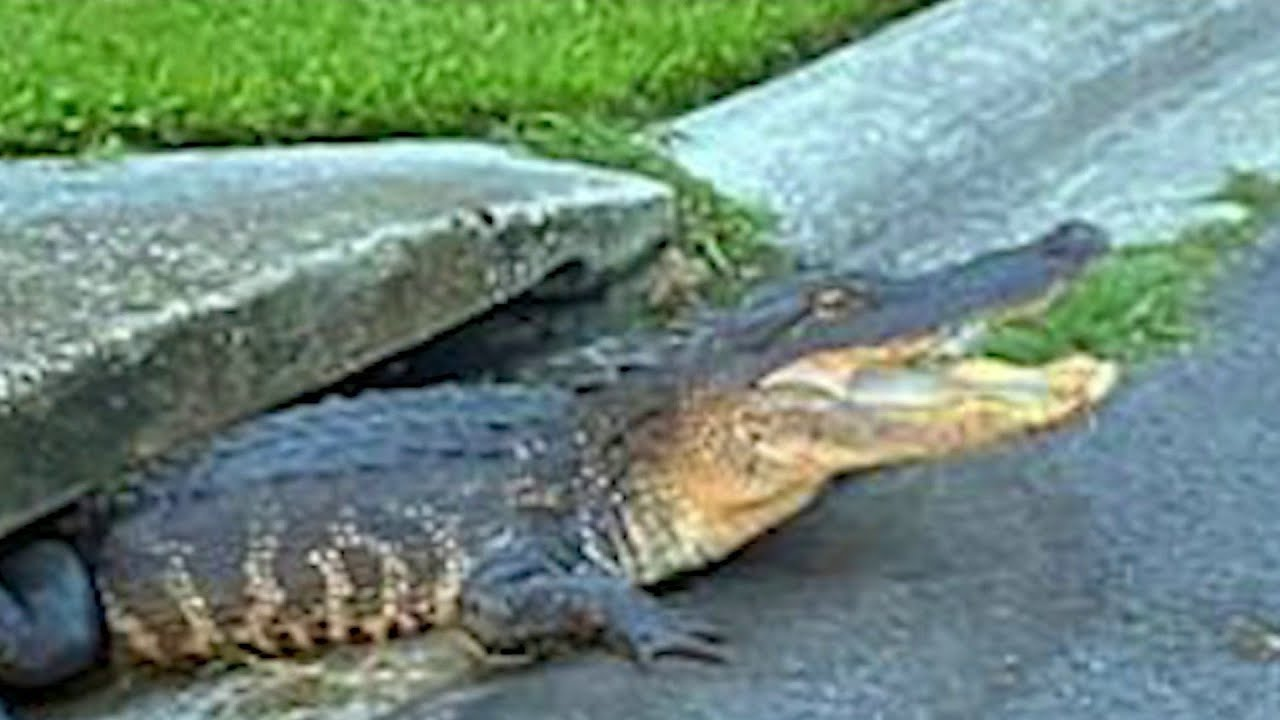Florida’s urban sewer systems have become an unexpected haven for a variety of wildlife, including an abundance of alligators, raccoons, and other species.
A recent study published in the journal Urban Naturalist has revealed the extensive use of subterranean stormwater sewer systems (SSS) by wild animals. The findings shed light on how species are adapting to human-altered landscapes and highlight the importance of ecologically conscious urban planning.
Wildlife Thriving in Florida’s Sewer Systems
As rapid urbanization continues, wildlife across the globe is forced to navigate human-modified environments. In Florida, the intricate network of underground stormwater systems has unintentionally provided a corridor for a diverse range of vertebrates. Scientists conducting the study in Alachua County found that at least 35 different species, including amphibians, reptiles, birds, and mammals, are utilizing these pathways.
Among the most remarkable findings was the presence of seven species of reptiles, with the American alligator (Alligator mississippiensis) being the most frequently observed species. The alligators were documented in the highest number of sites, demonstrating their adaptation to using sewer systems to travel between bodies of water.
Read : Peanut Squirrel Euthanized in US for Biting Govt Worker Tests Negative for Rabies
Other animals frequently spotted included raccoons, small bats native to the southeastern U.S., possums, armadillos, cats, black rats, squirrels, egrets, wrens, and various species of toads. The presence of these creatures underscores the ecological significance of Florida’s sewer networks and raises questions about how urban infrastructure might be affecting local wildlife behavior.
How and Why Animals Use Sewer Systems
One of the key revelations from the study is that many animals use sewer networks to avoid the dangers of crossing busy roads. The study found that four out of five sites where alligators were observed were simple culverts. In 35 of the 50 observations of alligators, the reptiles were seen swimming from one pond to another, using the underground pipes as safe corridors.
Read : Turkish Government Bill on Euthanasia for Stray Dogs Faces Anger and Criticism
Similarly, some reptile species, such as the Yellow-bellied Slider turtle, appeared to be utilizing the sewer system as a means of traveling between ponds without exposure to predators or human interference.
Smaller animals, on the other hand, may end up in sewer systems unintentionally. Heavy storms often lead to increased water flow into the sewers, sweeping in amphibians and other small creatures. Once inside, some species may struggle to find an exit, which raises concerns about their survival and potential entrapment.
The Future of Urban Planning and Wildlife Conservation
The discovery of such a diverse population of animals in Florida’s sewers presents an opportunity for cities to develop more wildlife-friendly infrastructure. Researchers believe that these findings could influence future urban planning efforts to ensure safer and more accessible pathways for wildlife.

One of the main challenges highlighted in the study is the difficulty of detecting some species, particularly amphibians and reptiles, due to the limitations of camera traps. The devices used relied on temperature differences between animals and their surroundings to trigger image capture, which may have resulted in undercounting certain species.
To prevent accidental entrapment, researchers suggest installing exclusion devices and climbing aids in stormwater systems. These measures would allow amphibians and small reptiles to escape from the sewers if they fall in during storms.
Further studies are needed to fully understand how and why certain species enter the sewer system, as well as to explore long-term solutions for preserving their natural habitats while accommodating urban expansion.
Florida’s sewer systems have unknowingly become an essential component of local ecosystems, enabling wildlife to adapt to a changing environment. By recognizing the importance of these underground networks, urban planners and conservationists can work together to develop solutions that balance human development with the needs of the natural world.
let’s enjoy few years on earth with peace and happiness….✍🏼🙏

